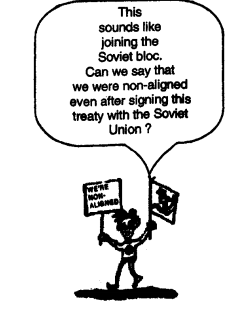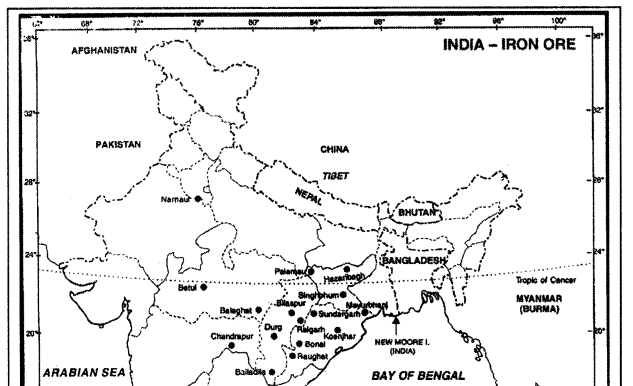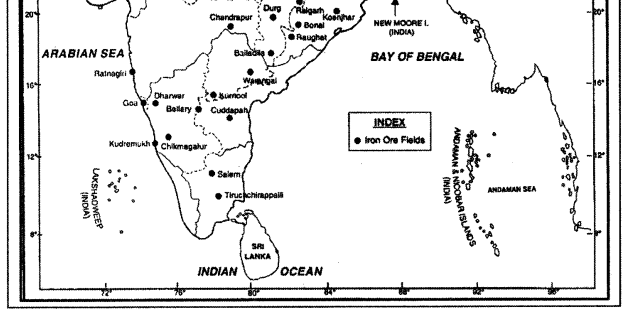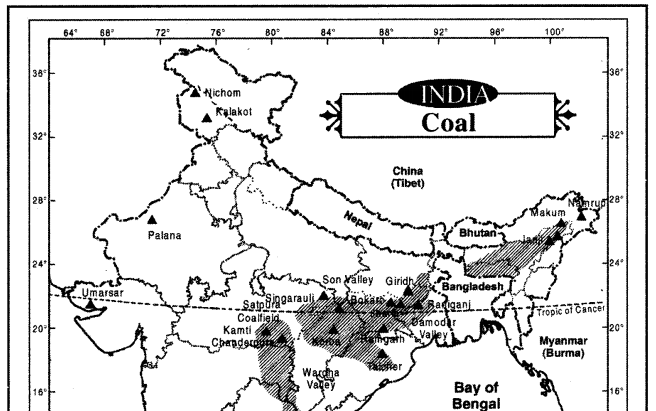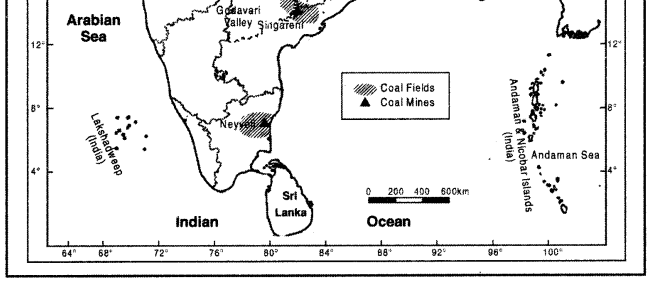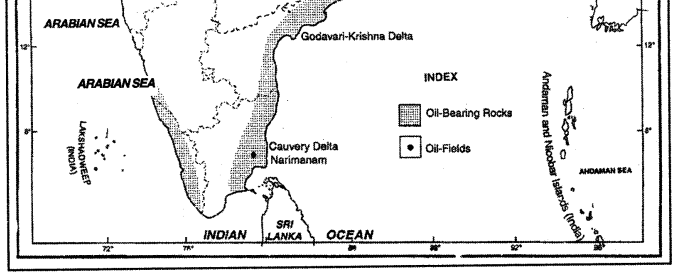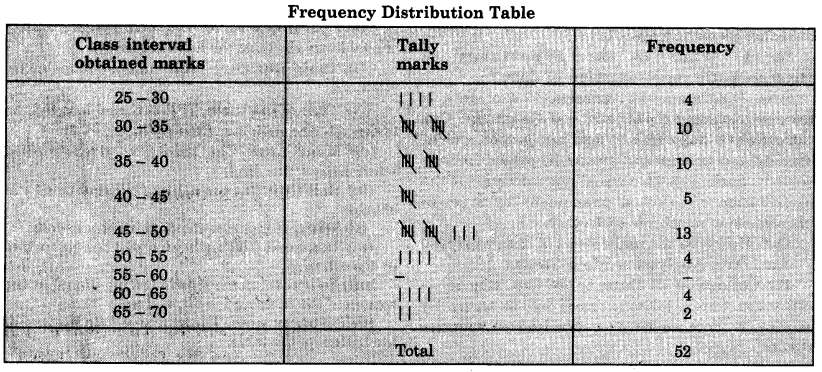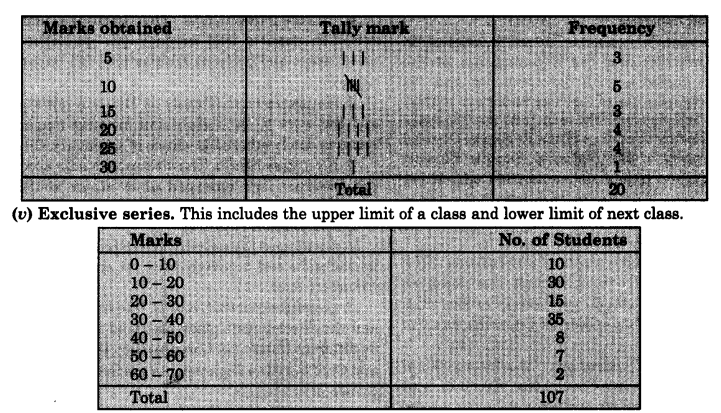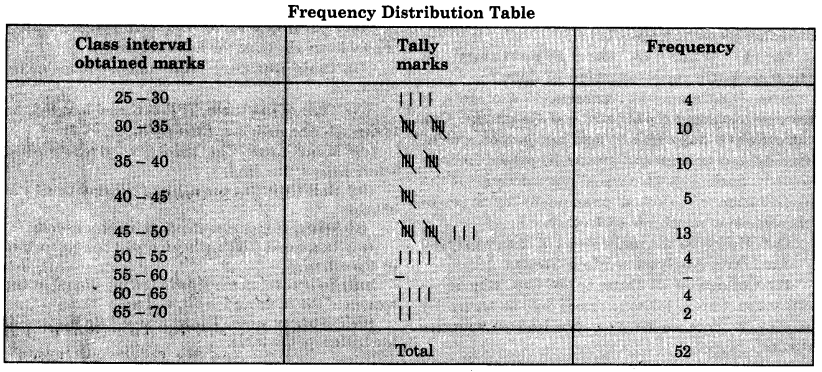Here we are providing Class 12 Economics Important Extra Questions and Answers Chapter 1 Introduction to Macroeconomics. Economics Class 12 Important Questions are the best resource for students which helps in class 12 board exams.
Class 12 Economics Chapter 1 Important Extra Questions Introduction to Macroeconomics
Introduction to Macroeconomics Important Extra Questions Very Short Answer Type
Question 1.
What is microeconomics?
Answer:
Microeconomics is the branch of economics that studies the behaviour of individual decision making units such as households and firms.Equilibrium prices and quantities of goods and services are determined through the interaction of individuals in the market.
Question 2.
Define macroeconomics.
Answer:
Macroeconomics is the branch of economics that studies the behaviour of factors affecting the economy as a whole. It focuses on the behaviour of national level aggregates such as national income, total output, employment level, price level, etc. Macroeconomics is also called aggregative economics.
Question 3.
List the events of macroeconomic study.
Answer:
The events of macroeconomic study include:
- Rate of inflation
- Level of unemployment
- Decline in agricultural and industrial output
- Fluctuations in business activities
- Accumulation of foreign exchange reserves
- Capital market changes
Question 4.
Give one example of microeconomic variable.
Answer:
Demand for a particular good is a microeconomic variable.
Question 5.
What is the name of Keynesian book published in 1936?
Answer:
The name of the Keynesian book published in 1936 is The General Theory of Employment, Interest and Money’.
Introduction to Macroeconomics Important Extra Questions Short Answer Type
Question 1.
What do you understand by macroeconomics?
Answer:
The word ‘Macro’ is derived from the Greek word ‘Makros’, which means ‘large’. Macroeconomics I is the branch of economics that studies the behaviour of factors affecting the economy as a whole. It focuses on the behaviour of national level aggregates such as national income, total output, employment level, price level, etc.
Macroeconomics is also called aggregative economics. While in i microeconomics small groups of economic units are related to a particular good and a particular industry, in macroeconomics, these groups are related to all the goods and all the industries.
Question 2.
What is the scope of macroeconomics?
Answer:
The scope of macroeconomics can be described as below:
(i) Theory of Income and Employment: Macroeconomics studies national income, its different assumptions, methods of measurements, social accounting, etc. It also includes study related to determination of equilibrium level of income and employment.
National income and the level of employment depend upon effective demand. For the analysis of effective demand, total demand, total supply, total consumption, total investment, total saving, multiplier etc. are studied.
(ii) Theory of Money: In macroeconomics, the principles of capital are studied. Macroeconomics also studies the functions of money, changes in demand for and supply of money, and theories relating to money, banks and financial institutions.
(iii) Theory of Trade Cycles: Macroeconomics studies the fluctuations in the country’s economic activities such as aggregate production, employment, interest rates, trade, general price level, etc.
(iv) Macro Theory of Distribution: It deals with the study of relative shares of labourers and capitalists, in the form of wages and profits respectively, in the total national income.
(v) Theory of Growth: Macroeconomics studies the rate and level of economic development. Economic growth includes growth or changes due to increase in per capita real income, Public finance and financial policies of the government can also be studied by using macroeconomics.
Introduction to Macroeconomics Important Extra Questions HOTS
Question 1.
What is a macroeconomic paradox?
Answer:
Macroeconomic paradox is a term that captures the point that what may be true for an individual might not essentially be true for the economy as a whole.
Question 2.
Are microeconomics and macroeconomics interdependent?
Answer:
Microeconomics and macroeconomics are interdependent as:
(i) Investment in one industry depends upon the level of investment in the economy as a whole.
(ii) Aggregate Demand in macroeconomics is the sum total of demand at the micro level.
